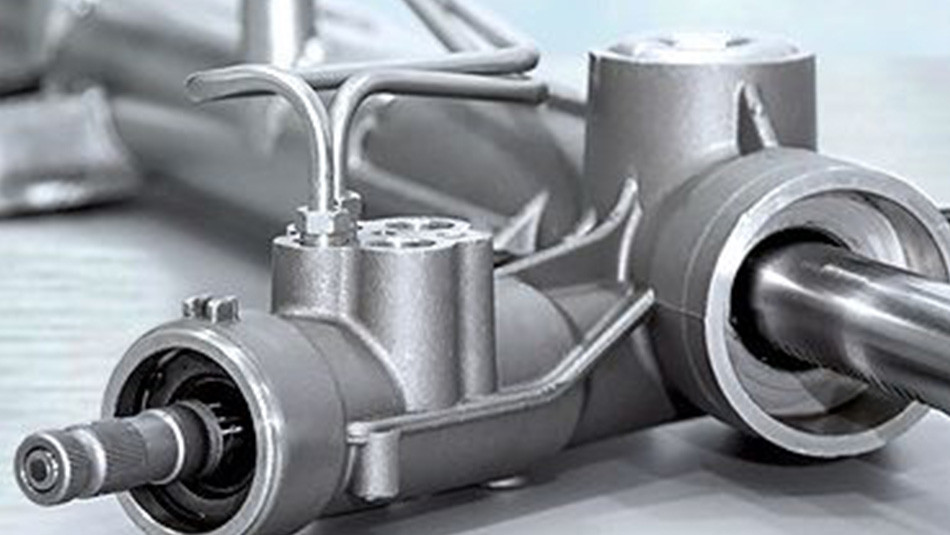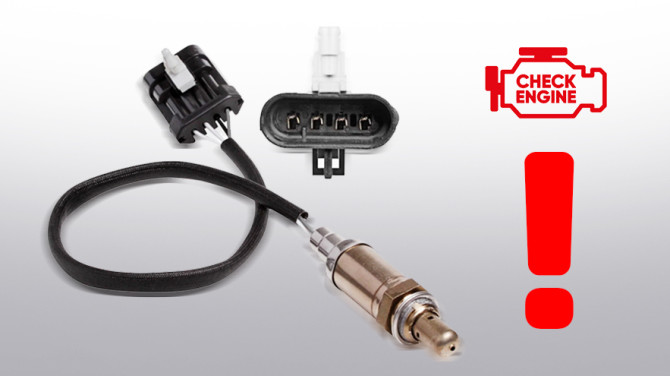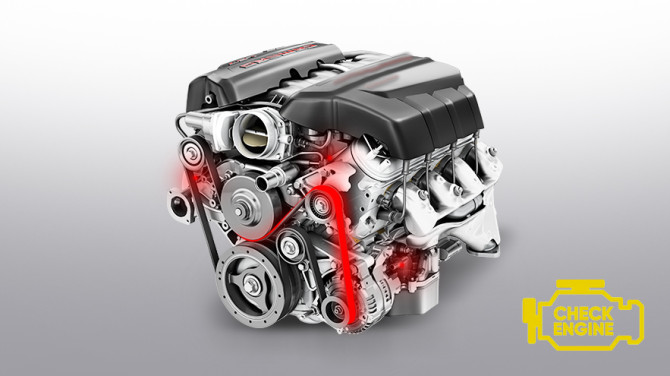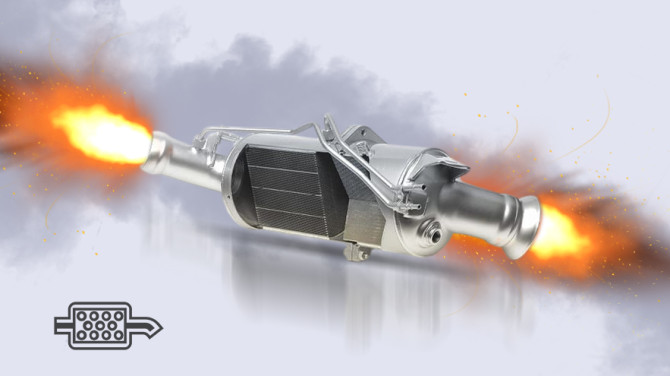Everything You Need to Know About Steering Gear

The steering rack is one of the main components of a comprehensive steering system. The steering system ensures that the front wheels turn in the direction the driver rotates the steering wheel. If equipped with power steering, the steering wheel is responsive and easy to turn.
Several factors affect the lifespan of the steering rack during operation:
- Aggressive driving style: Steering racks deteriorate more rapidly with aggressive driving.
- Road quality: Uneven surfaces and unpredictable puddles are not conducive to the health of the steering rack.
- Timely servicing: Failure to visit a service station, replace repair kits, check fluids, and independently inspect your vehicle can lead to a malfunctioning steering rack.
Mechanical Steering Rack – Non-Power-Assisted Mechanism
Mechanical steering rack serves as the foundation for power-assisted gears and is typically found in older passenger cars and trucks.
Steering Rack Components:
- Rack bar and pinion: The rack mechanism with notches (teeth) that engage with the driving pinion.
- Rack housing: Encases the rack bar and other steering rack parts.
- Tie rods and their ends: Attached to the steering rack, these transfer force from the steering wheel to the wheels.
- Side thrust nut: Ensures the steering rack snugly fits the driving pinion; a spring prevents play in the tie rod.
- Repair kit: A set of components for steering rack sealing, including oil seals, bearings, rubber seals, Teflon, and sealing rings.
- Steering rack bar support bushing on one side and a limiting ring on the other side of the rack: Maintains the rack bar within a specified range of motion.
How Mechanical Steering Rack Works: When turning the steering wheel, the steering shaft rotates the driving pinion, which engages the notched driving rack bar. The rack bar moves left and right, moving the tie rods, which, in turn, steer the wheels.
Hydraulic Power Steering Rack
Hydraulic power steering (HPS) is a hydraulic system that eases steering by creating a light and responsive steering feel.
When the steering wheel is not turning, oil circulates in a closed system of oil lines, avoiding entry into the power steering cylinder. During a turn, the distributor directs pressurized oil to the left or right chamber of the gear mechanism, enhancing the driver's effort.
In HPS, the integrity of both the gear mechanism and the hydraulic system is crucial. Oil leaks can lead to pump failure and stiff steering.
Electric Power Steering Rack
Electric power steering (EPS), like hydraulic power steering, facilitates steering by increasing ease and comfort. In EPS, effort transmitted to the wheels is generated electrically. EPS electronics make the car "smarter" and offer additional features like automatic parking.
Advantages of EPS over HPS:
- No hydraulic components eliminate oil leaks and other issues associated with HPS.
- EPS provides more precise and comfortable steering.
- EPS saves fuel as it operates only during turns, unlike continuous operation in hydraulic systems.
Choosing Between HPS and EPS
EPS responds better to driver movements, while HPS provides better feedback to the wheels.
HPS is more cost-effective but requires monitoring for system integrity. EPS is sensitive to water exposure, and electronics can fail, with EPS steering rack remanufacture being a costly process.
Regardless of the steering rack type in your vehicle, regular monitoring and seasonal inspections are essential for its maintenance.







